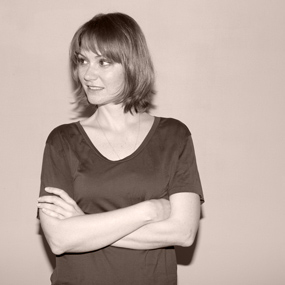We’re turned on by Walker Art Center’s celebration of 60s’ counterculture
Hippie Modernism
The recently opened exhibition Hippie Modernism at Minnapolis’s Walker Art Center caught our attention, not only with the delightful title but also with its titillating array of images documenting 60s-era radical material culture. From Jimi Hendrix to Archizoom, we just had to share.
Here’s a synopsis of what it’s all about:
This Walker-organized exhibition, assembled with the assistance of the Berkeley Art Museum/Pacific Film Archive, examines the intersections of art, architecture, and design with the counterculture of the 1960s and early 1970s. A time of great upheaval, this period witnessed a variety of radical experiments that challenged societal and professional expectations, overturned traditional hierarchies, explored new media and materials, and formed alternative communities and new ways of living and working together. During this key moment, many artists, architects, and designers individually and collectively began a search for a new kind of utopia, whether technological, ecological, or political, and with it offered a critique of the existing society.
Loosely organized around Timothy Leary’s famous mantra, “Turn On, Tune In, Drop Out,” Hippie Modernism: The Struggle for Utopia presents a broad range of art forms and artifacts of the era, including experimental furniture, alternative living structures, immersive and participatory media environments, alternative publishing and ephemera, and experimental film. Bringing into dramatic relief the limits of Western society’s progress, the exhibition explores one of the most vibrant and inventive periods of the not-too-distant past, one that still resonates within culture today.
If you find yourself in up that way, it’s on view through February 2016. It’s also set to travel to Cranbrook and Berkeley Art Museum in 2016 and 2017. Peace.
-
Text by
-
Wava Carpenter
Seit ihrem Studium in Designgeschichte an der Parsons School of Design hatte Wava schon in vielen Bereichen der Designkultur den Hut auf: sie lehrte Designwissenschaft, kuratierte Ausstellungen, überwachte Auftragsarbeiten, organisierte Vorträge, schrieb Artikel und erledigte alle möglichen Aufgaben bei Design Miami. Wava lässt den Hut aber im Büro – auf der Straße bevorzugt sie ihre Sonnenbrille.
-
Designbegeisterte hier entlang
Italienischer Moderner Holz Konsolentisch
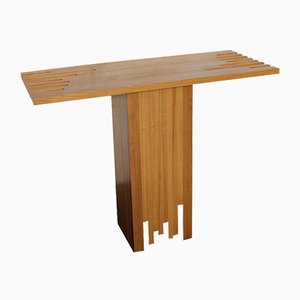
Vintage Sacco Sitzsack in Türkis von Piero Gatti für Zanotta

Servofumo Aschenbecher von Achille und Pier Giacomo Castiglioni für Zanotta, 1960er

Vintage Spluga Hocker von Achille und Pier Giacomo Castiglioni für Zanotta
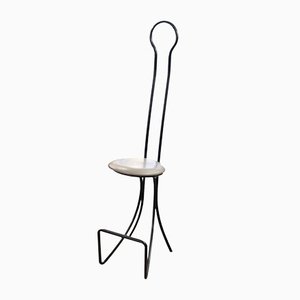
Vintage Birillo Barhocker von Joe Colombo für Zanotta, 4er Set
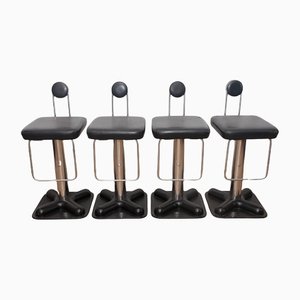
Orchid Couchtisch von Massimo Morozzi für Archizoom, 1980er
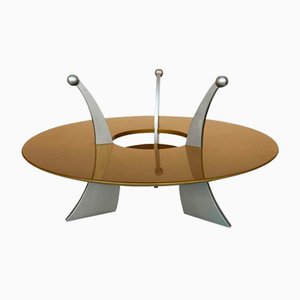
Italienisches Vintage Drei-Sitzer Sofa von Willie Landels für Zanotta
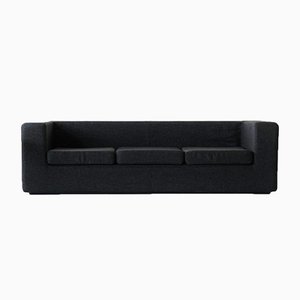
Roter Blumenkasten von Ettore Sottsass für Poltronova, 1961
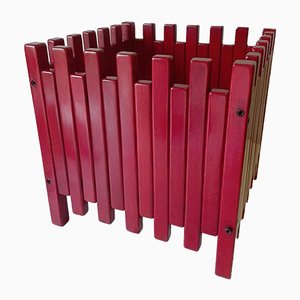
Italienischer Tecnika Schreibtisch von Ettore Sottsass für Poltronova, 1970er

Italienischer Karelia Sessel von Liisi Beckmann für Zanotta, 1966

Reale Esstisch von Carlo Mollino für Zanotta, 1970er
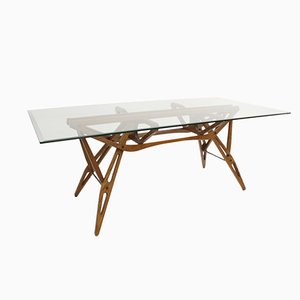
Cena 2490 Esstisch von Achille Castiglioni für Zanotta, 1970er

Vintage Yellow Bistro Couchtisch von Joe Colombo für Zanotta

Cognacfarbener Vintage Leder Esszimmerstuhl von Andrea Branzi für Zanotta

Vintage Schaukelstuhl von Gae Aulenti für Poltronova

Esstisch mit Sechs Stühlen von Marco Zanuso für Zanotta, 1979

Italienische Vintage Armlehnstühle von Poltronova, 1960er, 2er Set
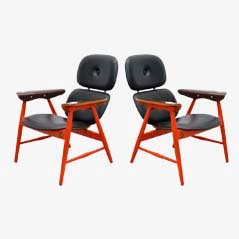
Neolia Wandschirm von Andrea Branzi für Zanotta Edizione, 1989

Aufblasbarer Vintage Blow Chair von Lomazzi, d'Urbino & De Pas für Zanotta

Brillo Barhocker von Joe Colombo für Zanotta, 1970, 3er Set
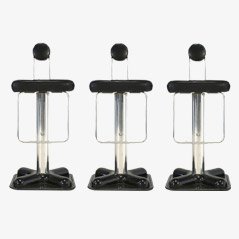
Zabro Tisch-Stuhl von Alessandro Mendini für Zanotta, 1984

Italienische Karelia Lounge Sessel von Liisi Beckmann für Zanotta, 1960er, 2er Set
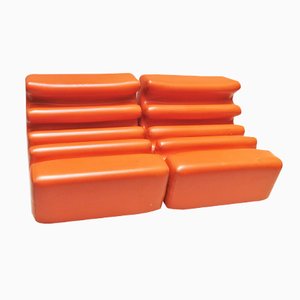
Italienisches Saratoga Sofa von Massimo und Lella Vignelli für Poltronova, 1985
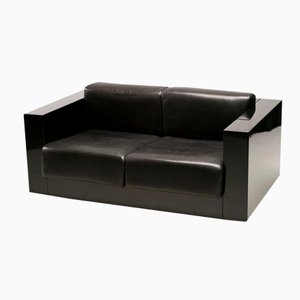
Esstisch aus Glas von Marco Zanuso für Zanotta, 1979


